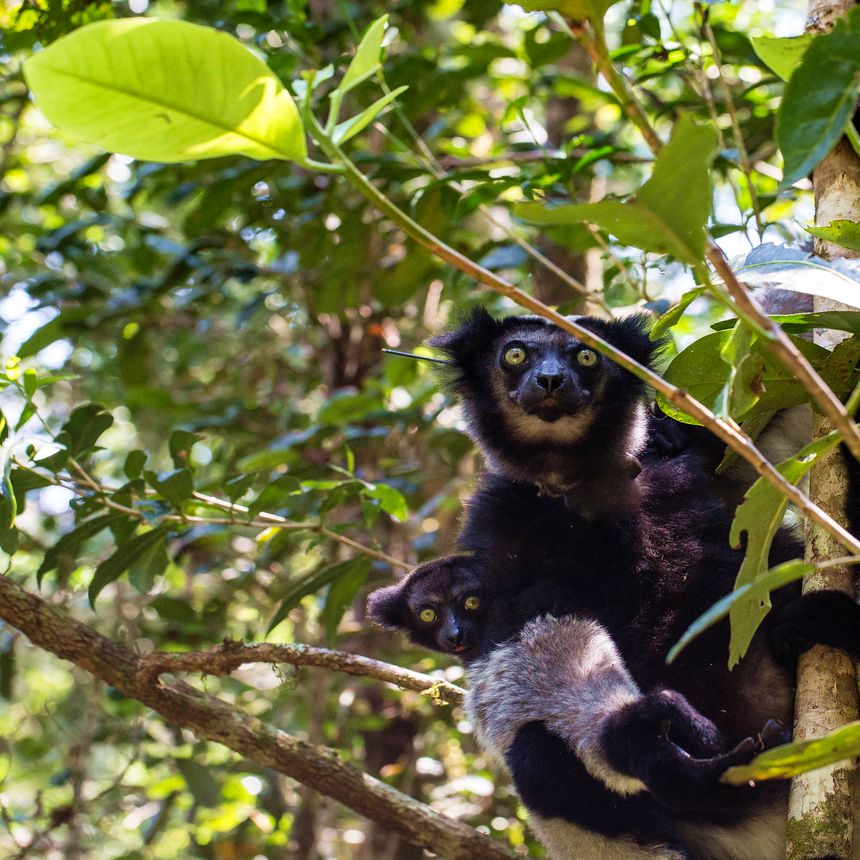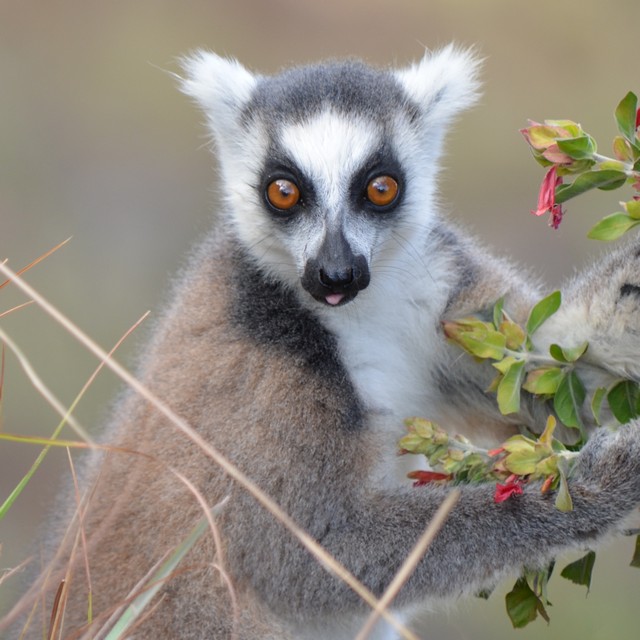Madagascar. You’ve most likely heard of the name, and you’ve most likely watched the DreamWorks films too. That being said, what do we actually know about this place?
Well, for starters it’s the fourth largest island on the planet, with an area slightly larger than that of California. It was also invaded by France in 1894 and held as a colony until 1946, meaning some of those living in the capital, Antananarivo, still speak French. However, several other interesting factors make this island totally unique, meaning it’s sometimes referred to as ‘the 8th continent of the world’. This nickname is mainly due to the huge biodiversity of its endemic flora and fauna. According to WWF, 95% of its reptiles, 92% of its mammals, and 89% of its plant life cannot be found anywhere else on the planet, so let’s have a little look into how this ecological melting-pot came about...
Perhaps the most significant factor is the island’s location and prolonged isolation from its nearest mainland. It is settled just off the coast of Mozambique, and 250 miles off Africa's eastern coast. This split is thought to have occurred almost 135 million years ago, and has sat in growing seclusion ever since. Along with its relatively 'recent' discovery and consequential habitation by humans, Madagascar is home to some of the world's most unique species, such as:
The Fossa, a native creature that’s confused scientists as to whether it’s more closely related to creatures such as mongoose, or if it should be considered a distant member of the feline family. Truth be told they look like a complete mix of the two, with a splash of canine thrown in for good measure.
The Aye-Aye, which is the island’s most elusive of the many extant species of lemur. It is deeply embedded in Malagasy folklore, as they are believed to be a harbinger of death and doom. Despite this reputation, it is a gentle and rather timid creature, and holds the distinction of being the largest nocturnal creatures on the planet.
There are not many places on Earth with the range of habitats that Madagascar possesses; the western coast is dotted with swathes of gnarled mangroves that offer valuable protection from cyclones, whereas towards the centre and the north lie the Central and Northern Highlands respectively, their mountainous terrain providing a barrier to species dispersal, meaning species even differ across the island itself. To the south lie sprawling salt and sand flats, and one can find unspoiled rainforest stretching parallel to the island’s eastern coastline. This huge variety of habitats, along with its isolation, are the main reasons as to why this island has such a diverse range of unique animals and plants. The famous lemur inhabits every single part of this island and has become symbolic of the country itself, evidencing how adaptable the species is.
Another reason Madagascar gets this nickname is due to its unique culture and populace. The Malagasy people are thought to have arrived from somewhere on the Malay peninsula perhaps 2000 years ago, although the jury is still out on when exactly this migration occurred. The term fady refers to their taboo system which informs almost every aspect of their lives. Examples of fady can be anything, from not singing whilst you eat, not touching children on the head, or even not allowing pregnant women to eat eels. Linguistic experts have noted that their language belongs to the Austronesian family, and the Malagasy culture and beliefs are a combination of those brought from Southeast Asia and blended with others from Eastern Africa. The national instrument is more evidence of that trans-Indian aquatic migration. In Malagasy it’s called the Valiha, a bamboo zither, originating in modern-day Borneo.
Madagascar is truly a place unequaled, and not simply due to its array of plants and animals, but also to its highly idiosyncratic societal complexities. The fady culture–which is deeply ingrained into Malagasy social fabric–is borne out of their mixing of ancient tribal and indigenous beliefs with more conventional Christian ideologies. Add this strata to the swathes of mangrove forest, vast inhospitable desert, lush rainforest and dry tropical savannah, and you end up with a country that really is worthy of its nickname, ‘the 8th continent of the world’.
Check out our tours with these unique experiences below
Prefer to do a tailor-made itinerary where you can choose your unique experiences and build your perfect trip?
Click here to contact us today.

